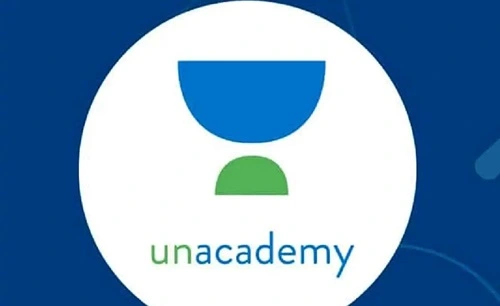Unacademy, founded in 2015 by Gaurav Munjal, Roman Saini, and Hemesh Singh, has become one of India’s largest online learning platforms. It started as a YouTube channel but has grown into a full-fledged edtech company, offering educational content for students preparing for competitive exams like UPSC, NEET, JEE, and more. Unacademy has adopted a freemium business model, combining free and premium content to attract a large user base and generate revenue.

Unacademy: Key Revenue Streams
1. Subscription Plans: Unacademy Plus and Iconic: The primary source of Unacademy’s revenue comes from its subscription-based model. While a significant portion of Unacademy’s content is free, the platform offers premium services through its Unacademy Plus and Iconic subscription plans. These premium plans provide live classes, one-on-one doubt-solving sessions, personalized study plans, and access to exclusive content. The subscriptions are available on a monthly or yearly basis, and students pay to access advanced features that go beyond the free offerings.
2. Live Classes and Test Series: In addition to pre-recorded videos, Unacademy offers live classes and test series specifically tailored for various competitive exams like UPSC, SSC, and medical entrance tests. These live sessions and mock tests are key selling points for students seeking real-time interaction with educators. These offerings are part of Unacademy’s subscription services, further enhancing the company’s revenue streams.
3. Sale of Educational Materials: Unacademy also earns profit by selling educational materials, including digital and physical notes, books, and test papers. These materials are often bundled with subscription services but can also be purchased separately. These materials are crucial for exam preparation and provide additional revenue outside the subscription model.
4. Revenue Sharing with Educators: Unacademy collaborates with a vast network of educators who create and deliver the content on the platform. The company operates on a revenue-sharing model, where educators receive a percentage of the subscription revenue generated from their courses. This incentivizes educators to create high-quality content and promotes growth through their channels.
5. Advertising and Sponsorships: As Unacademy has a strong online presence, including popular YouTube channels, it generates revenue through advertisements and sponsorships. Brands partner with Unacademy to target its large audience of students and learners. This advertising income supplements the core revenue streams from subscriptions and educational materials.
6. Corporate Partnerships and Certifications: Unacademy has formed corporate partnerships with educational institutions and companies, offering certifications and courses to enhance career prospects. These partnerships expand its audience and revenue sources by catering to job seekers and professionals looking for skill development.
7. Relevel and Graphy: Unacademy has ventured into additional revenue-generating platforms like Relevel, which connects job seekers with employers, offering specialized tests for skill verification. Relevel charges fees for its services, contributing to Unacademy’s overall revenue. Another initiative, Graphy, helps creators monetize their content and offer cohort-based courses, creating new revenue streams for the company.
Conclusion
Unacademy’s business model revolves around a mix of subscription plans, live classes, educational materials, and advertising. Its strategic partnerships and the launch of platforms like Relevel and Graphy further diversify its revenue streams. Although it started as a free learning platform, Unacademy has successfully monetized its offerings to become a profitable player in the edtech space, particularly in the competitive exam preparation market.